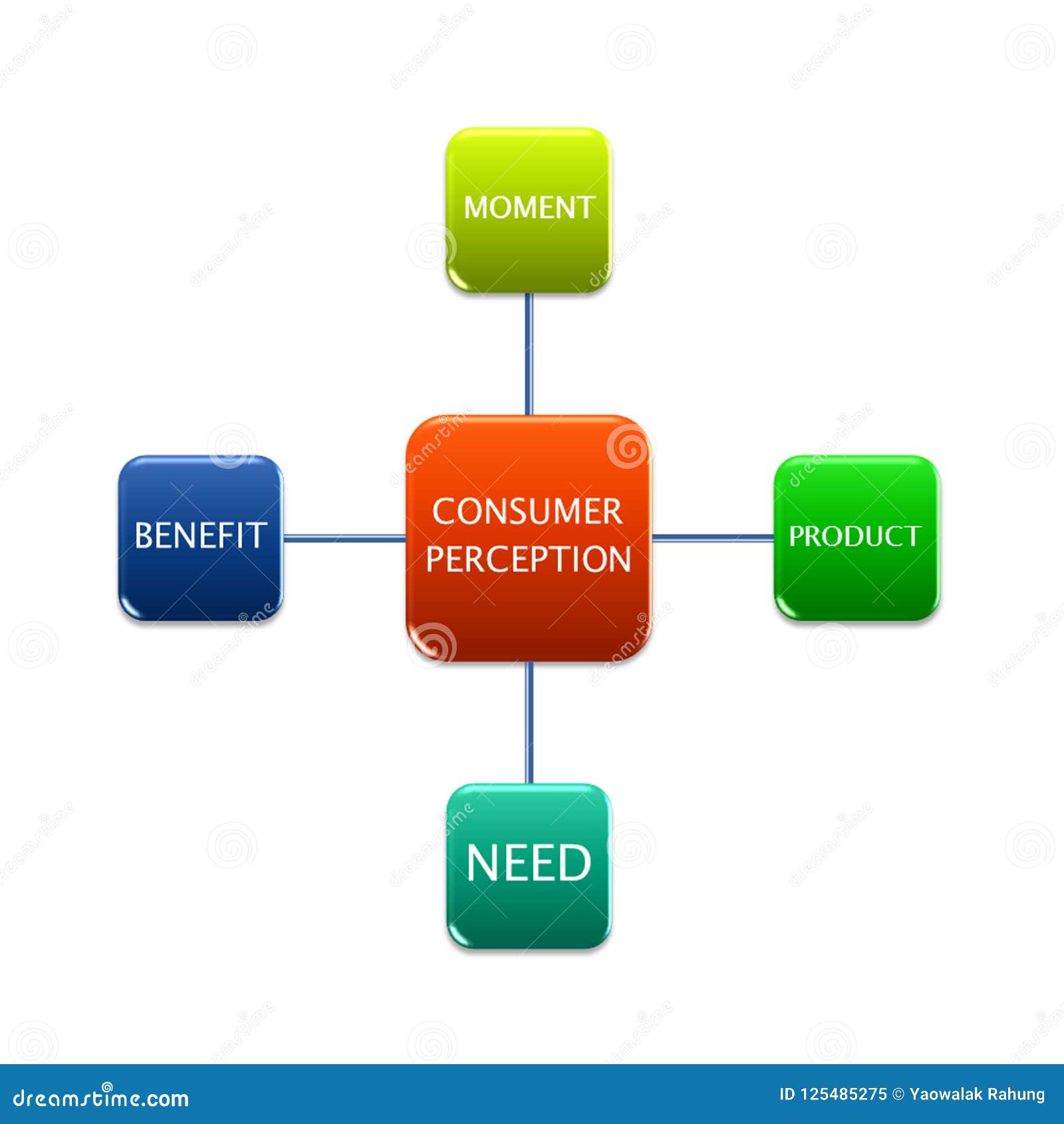I want to change it up today. Unlike the majority of leaders, I want to speak to you and not at you. So, I’m going to start by posing a question… ‘What’s the issue with transpacific business agreements?’ It’s a question that the majority won’t even consider, let alone ask; it’ll be deemed ‘racially stimulated’ by the Democrats, incomprehensible by the traditionalist Republicans and Conservatives. But that’s okay because they don’t need to ? COVID-19 has already provided the answer. The world’s most recent pandemic, for all its sins, has done one great thing: it has exposed a crucial flaw in our current obsession with globalization and international product acquisition. And, nowhere has shown that better than the transpacific, Chinese to United States supply-chain.
Another Day, Another Dollar
In recent decades, the trade game has changed drastically. With trade barriers falling and international logistics improving, the production of products from measly metal hinges to the all-important pharmaceuticals needed in the day-to-day, American life, has been shifted to lower-wage countries. These countries, primarily located in Asia and Southeast Asia, offer lower sourcing costs than domestic suppliers. And even when the higher costs of obsolescence, storage, and transportation are taken into account, Asian trade partnerships are still preferential for the good ol’ capitalist business-owners of the West.
Preventative Politics
It’s all well and good, having a national anthem that exposes our love of free products, but unfortunately, there is one catch when it comes to globalization and international supply-chains. Politics and the policies and regulations that come with it. They control the trade in-and-out of national ports, and they inject a degree of competition into the global playing field, preventing one or two parties from birthing a behemoth of wealth production. The condom of the trade game, one might say. But just how big has it got to be, to successfully control a supply chain of a previously unseen magnitude, between the two most powerful nations of the day?
The truth is, I’m not sure it matters all that much because, with the spread of COVID-19 and the subsequent disruption of trade, February marked a shift in the outlook of American businesses. What matters most is that we look at both the past, in the form of the trade war between the United States and China, and how it paved the way for businesses facing the all-encompassing present, COVID-19 pandemic. Both instances have almost destroyed the existing supply-chain relationship between the two nations and, for the most part, shows the downfall of a fairly tumultuous transpacific pairing.
The Trade War Foundation For COVID-19:
‘If U.S. supply chains continue to be heavily reliant on China, we could have issues further down the line.’ Have you heard those sentiments before? Most likely. It isn’t a new train of thought. For years now, U.S. importers and regulatory bodies around international trade have had a myriad of concerns, including but not limited to human rights violations and intellectual property theft. For examples of both, you should check out the suicides committed in China-based Apple factories, run by Foxconn, as well as the mass availability of ‘cheap’ alternatives to flagship tech products produced by Chinese companies that copy the iconic designs and specs, while drastically undercutting the extortionate price tags. That very theft of intellectual property is just one of the many reasons why the U.S. has imposed tariffs on China, under Section 301 ? a cornerstone of phase one of the trade deals between these transpacific powerhouses.
It isn’t just the United States, though. The world at large, nudged by U.S.-imposed sanctions on China, have started to question the profitability of Chinese suppliers, in general. With a growing spotlight on the Chinese manufacturing industry, the government has been forced, courtesy of Western-regulated authorities, to raise the minimum wage of the Chinese workforce. The changes saw wages rise from a yearly average of 30,700 to 72,088 Chinese yuan between 2010 and 2018, which is great for the employees, but not so great for the budget of Western companies, whose procurement budgets fund operations for factory owners in the People’s Republic of China.
In response, we’ve seen a large number of organizations looking to diversify their manufacturing portfolio, reorganizing supply chains away from Chinese-dependency. It was always going to happen, but the ongoing trade war and U.S.-imposed tariffs worth hundreds of billions have tipped the transition over the edge, pushing companies across the spectrum to look elsewhere for their procurement needs.
Semi-prepared for The Pandemic
I’m not going to say, “yay for trade wars,” because let’s be honest… it has left the global marketplace in a state of high-volatility, and it has, in many cases, been difficult to mitigate risks. That said, the unpredictable nature of trade in recent years may well have better-prepared businesses for survival in times of pandemia. ‘Why?’ I hear you ask… Simple. American industry had already started to diversify their supply chains, meaning that, while the nation as a whole is heavily dependent on Chinese productivity, many companies can still provide products and services without China.
In essence, many companies had already started to outsource their manufacturing needs to other countries, like India, Thailand, and Vietnam, which are now competing in the low-cost manufacturing space with China. It’s only a first step, but it is one that sees a Western civilization with deep roots in Chinese industry breaking away from an overarching dependency on the East Asian nation, shielding itself from the potential ramifications of future tariff impositions, policy changes, or viral outbreaks.
The Great U.S Healthcare Squeeze
Unsurprisingly, COVID-19 has brought to light that our medical device and pharmaceutical supply chains are also heavily reliant on China. In 2019, the U.S. imported $5.2 billion worth of medical equipment alone, while an estimated 80% of active pharmaceutical ingredients used in the United States come from both China and India.
The result of these statistics? An exorbitant amount of risk. As we have seen, when times of crisis strike on a global scale, relying on foreign sources for daily medical supplies has left us in a state of panic, fearing that our current stocks may well run out, leaving the population without its pharmaceutical needs. That’s a huge problem, and its repercussions are gripping the U.S. ever-tighter as the weeks pass by.
But another issue that is hindering the U.S. healthcare system in its fight against COVID-19 is, unfortunately, internal. I want to say that, if this state of pandemic hadn’t hit, this issue would be null and void, but as it has, I’m going to have to call out the actions of the Trump administration. In the past two years, increased tariffs on Chinese medical equipment have forced Chinese manufacturers to sell their products to other global markets, withdrawing them from the United States. The United States now finds itself struggling to meet the demand of its medical staff, with a severe lack of the personal protective equipment needed to protect its doctors and nurses from the virus that they are desperately trying to treat and eradicate.
To mitigate the shortage, the U.S. has granted temporary exemptions on a myriad of medical imports from China, which will last until the first day of September 2020. Unfortunately, the Trump administration won’t wipe the slate clean, though, with the concept of waiving the tariffs on medical goods altogether being seen as a potential show of weakness. At the peril of many States-based businesses, the government will resume its position, disciplining China through tariff-imposition, regardless of the economic downturn that this pandemic will inevitably bring.
The Dependency vs. Discipline Debate
Which brings us to another problem that we face, in the shadow of COVID-19. The authority of those who previously led the world as thought-leaders, upholders of democracy, and providers of stability; the bastions of free-speech and power ? the West. It is widely recognized that China has either misled the world with its portrayal of COVID-19’s effects on its population or is telling the truth but withholding vital information on how they managed to get the virus under control to limit the loss of life.
As a collective, European nations, the United Kingdom, and the United States want to hold China accountable for its actions. Self-elected or not, it has been our responsibility to police the world for several decades now. And, that was sort of okay with the Middle-East, or in our wars against narcotic distribution or global terrorism. The problem now, though, is that despite the recent shifts away from China, we all continue to be heavily dependent on China for our manufacturing needs, and we can’t truly discipline Beijing because let’s face it, you don’t bite the hand that feeds you.
A Future of Risk For Supply Chain
It’s hard to predict when our current time of crisis or the ongoing trade wars between China and the United States will end, but with experience of both under its belt, industry leaders in supply chain management and procurement are planning ahead and attempting to find ways to mitigate any future disruption to our trade-partners. Whether the solution is still a transpacific partnership, nobody knows, but the parameters for the offshore sourcing of products and materials have now changed. And, while tariffs rise, supply chains collapse, and political tensions grow, one thing is for sure: political risks aren’t going anywhere. Understanding the increasing dangers of a multifaceted political landscape and establishing risk-mitigating courses of action is imperative for ensuring business continuity and safeguarding your profits. Trip to Mexico, anyone?
Source: Tekedia






Comment
No comments found.